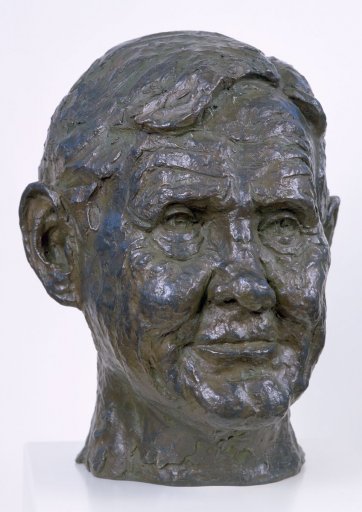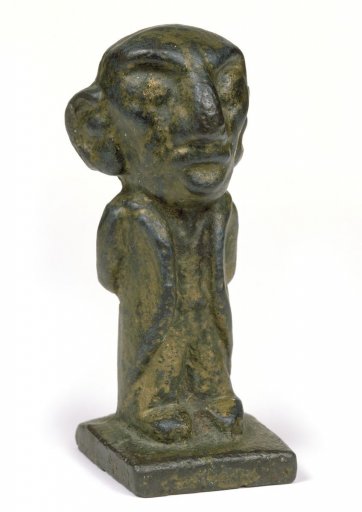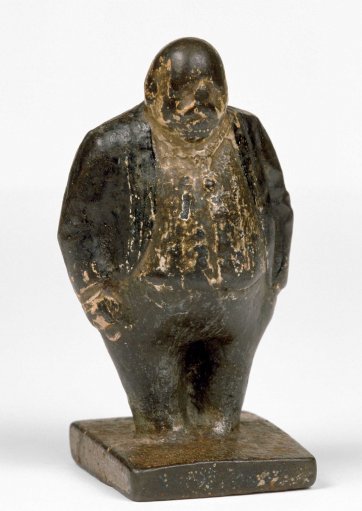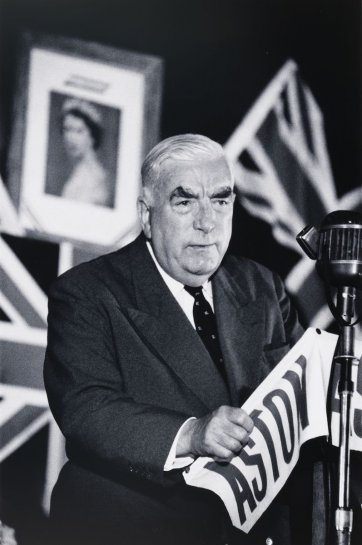On the day before the Hon. E. G. Whitlam, AC, QC, died last month, at the great age of 98, there were seven former prime ministers of Australia still living, plus the incumbent Mr. Abbott – eight in all. Mr. Whitlam was by far the longest-lived of all our prime ministers (thus far); only three others have lived longer than 90 years: Sir John Gorton, Frank Forde, and Billy Hughes. When Hughes took office on 27 October 1915, all six of his predecessors were still alive, a 100% survival rate – though Sir Edmund Barton, Alfred Deakin and Sir George Reid all died between September 1918 and January 1920 (though none of the Spanish ’flu). Since then there have only been two brief periods when, besides the incumbent, eight former prime ministers were still alive, namely on the day John Curtin succeeded Arthur Fadden in 1941, and when Ben Chifley took over from Forde in 1945. Owing to the immensely long premiership of Sir Robert Menzies, when “Black Jack” McEwen unexpectedly took office after Harold Holt vanished off Cheviot Beach a few days before Christmas 1967, there were only three: Forde, Fadden, and Menzies himself. Except before April 1904, in our brief history there has never been a time when there were fewer than three former prime ministers still living, but a tally of five or six former prime ministers has been recorded more often than any other number on those days when a new government has been sworn in, which means that with Mr. Whitlam’s departure we revert to six – in other words a sort of historical average. This, I think, would have amused and pleased him. There were, of course, far more remarkable things about Mr. Whitlam than this, yet he enjoyed obscure knowledge, surprising facts, and hints of the unexpected, especially in relation to himself, his government, the Australian Labor Party, to say nothing of the Commonwealth Parliament to which he was so devoted. Many years ago it was my privilege to invite Mr. Whitlam to sign the visitor’s book after a lunch at Government House in Melbourne. He was more than pleased to do so, and with a flourish. He paused, pen hovering, left a little space, and added the single word “statesman”.
Prime Ministers
by Angus Trumble, 1 November 2014
8 portraits view all
1 John Gorton, 1970 (cast 1999) Victor Greenhalgh. © Estate of Victor Greenhalgh. 2 Billy Hughes paperweight, n.d. an unknown artist. 3 Barton and Watson, 1902 G. H. Dancey. 4 George Reid paperweight, c. 1910 Farmer and Company Limited. 5 Ben Chifley, 1951 John Frith. © Estate of John Frith. 6 Robert Menzies, Sydney, 1963 (printed 2000) David Moore. © Lisa, Michael, Matthew and Joshua Moore
http://davidmoorephotography.com.au/. 7 Harold Holt, 1969 Victor Greenhalgh. © Estate of Victor Greenhalgh.
Related people
Related information



A handful of sand
Magazine article by Ellen Kent, 2007Ellen Kent examines the portrait of Vincent Lingiari and Prime Minister Gough Whitlam taken by photographer Mervyn Bishop.



The Gallery
Visit us, learn with us, support us or work with us! Here’s a range of information about planning your visit, our history and more!



Support your Portrait Gallery
We depend on your support to keep creating our programs, exhibitions, publications and building the amazing portrait collection!












